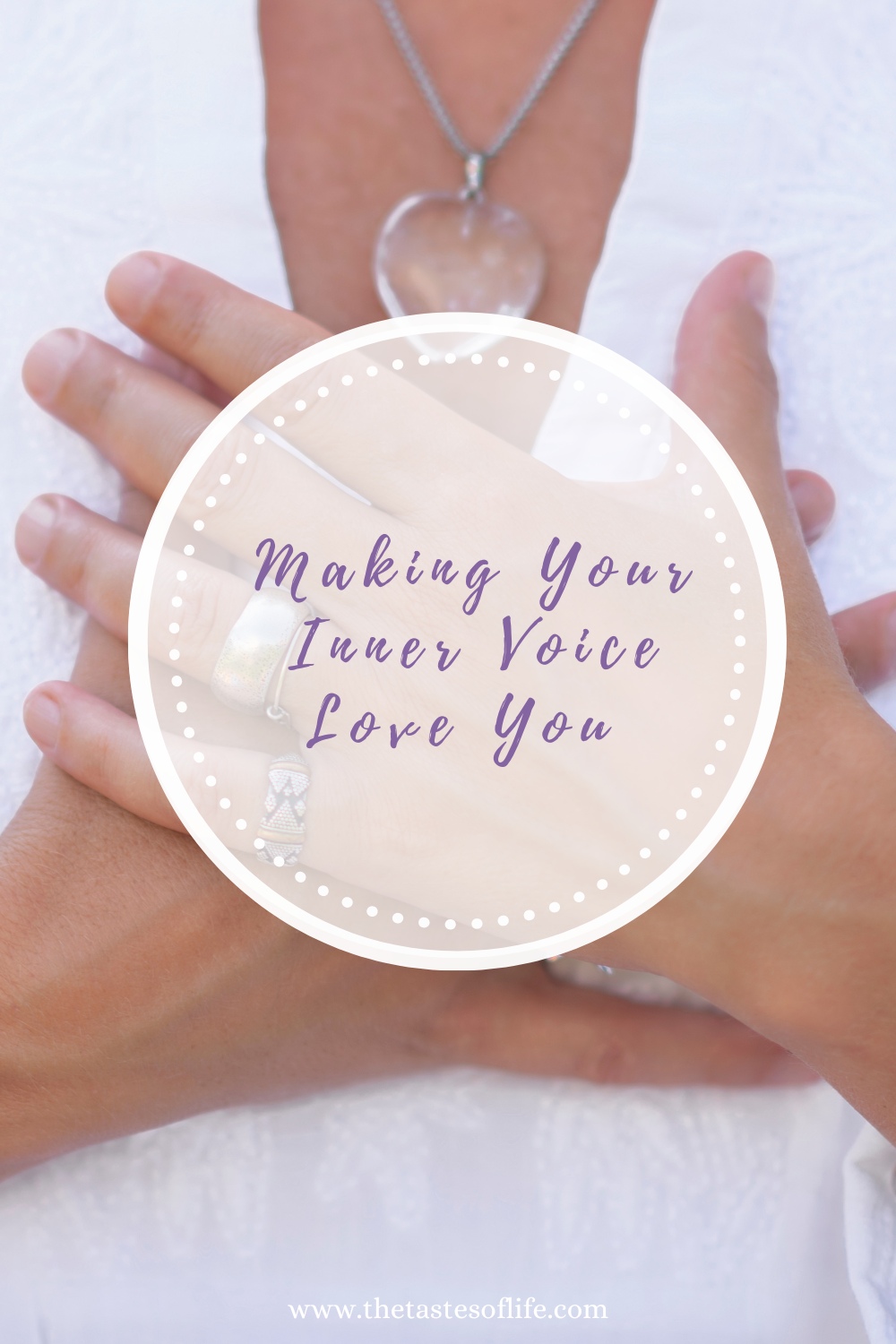The Right Way to Track Your Period

I like to keep track of my periods. I don’t want to be caught unprepared when my bleeding begins. Keeping track of your periods can provide you with valuable information about your health.
Tracking your menstrual flow helps you and your health-care provider see patterns that can develop during your flow. The patterns may indicate how healthy you are and a possible menstrual cycle disorder.
Your period is a pretty good indicator of your health and if your hormones are in balance. That include:
• how often it comes
• how much pain you have
• how heavy you bleed
• how you feel emotionally
* what is the consistency of your flow
* what is the color of your blood
Why Your Menstrual Cycle Matters
When you are starting to have issues with your hormones, it is good to know all the basics of your period such as:
* when was the first day of your last menstrual period
* how long does it last
* the amount of blood flow you experience during your period
* any bleeding in between your periods
* emotional health
* cravings
* any other symptoms you may have.
Usually, you will have to answer all those questions if your healthcare provider asks you. Answering those questions will be important in assessing your hormonal health. Our health care provider can help you get a quicker, and perhaps more accurate, diagnosis.
How to Keep Track of Your Menstrual Cycle
There are many helpful tools nowadays to help you keep track of your period. I used to use a calendar to track my menstrual cycle. If you do that, make sure that whatever type of calendar you are using has enough space for you to make notes. Why is this important? Because you will be writing when does the period starts and ends, and any emotional or physical symptoms that you might experience during your flow. Remember, to be as specific as you can, because you’ll be sharing your menstrual cycle calendar with your health care practitioner.
Now I’m using an app (consider Clue or Period Tracker Lite) to track my flow. The apps are easy to use and very easy to track your symptoms. If you forget something, you can always go back and make new notes or corrections.
Make sure that you will chart the days of your period and the amount of bleeding you have even if you have predictable periods that always start and end on time, and no symptoms to chart.
What to Write on Your Calendar or Chart on Your App
• Start with marking down the first and last day of your period. If you have any spotting in between, you need to keep track if that as well.
• Describe how bleeding looks like. The quality and amount of your period are as important as how long and how often you bleed. Describe how you are bleeding each day. Be specific, like heavy, light or just spotting; clots or watery flow or dark brown or bright red.
• Write down how do you feel physically. Record any problems or symptoms you experience each day.
* Have you tired?
* Have you felt anxious or depressed?
* Have you experienced cramps
* Were you bloated?
* Have you felt stressed out?
* Did you have a headache or any other pain?
* Did you experience brain fog?
Keep track of any medications you are taking
If you take any supplements or herbal remedies write them down. Write if they brought any relief to your symptoms. This way you will know if they are working or not. The same goes for any over the counter or prescribed drugs to help your period pain or other symptoms. This is important for any side effects or drug interactions develop.
• Write down your best and worst days. Use a scale of from 1 to 10 to rate your days. Rate your worst possible day with the number 10 and use the number 1 when you have your best possible days. This will help you see the patterns of how your period develops. If you know on what days you have no energy, you can plan rest or even take a day off from work.
Check Your Basal Body Temperature (BBT)
Keeping track of your BBT will hep you to know when your body is ready to ovulate.
You will measure your temperature first thing in the morning. The temperature is slightly higher (sometimes by less than a degree) when your body ovulates and stays higher until your period starts. If you record your temperature every day, you will notice those changes, and you will know that you are ovulating.
You will need the following:
* Basal body thermometer. This thermometer is more sensitive than a standard. You will find them at many pharmacies for less than $15.
* Take the temperature at the same time each morning, before you get out of bed! (Keep the thermometer by your bed on your nightstand.) Remember that getting up to go to the bathroom can affect your body temperature.
* BBT is not going to tell you exactly when you’re ovulating. It can take a couple of months before you get comfortable with it and see patterns. Usually, women get pregnant 2 or 3 days before ovulation, during ovulation and 12 to 24 hours after that.
Check Your Cervical Mucus
Remember about checking your mucus too. It can tell you a lot about hormonal changes in your body. The mucus will change before and during ovulation, color, the texture and the amount will change to make it easier for you to get pregnant. If you are tracking it you will know when it’s happening.
When your ovaries prepare to release an egg, your cervix will make more mucus. A couple of days before ovulation, it can be cloudy, sticky or whitish. Right before you ovulate, the mucus will get slippery, like egg whites. It can stretch across your fingers if you spread them apart and it lasts around 3 or 4 days, which is when you’re most likely to get pregnant.
How to check your cervical mucus:
• You can tissue or your fingers to check the opening of your vagina for mucus a few times a day. Make sure to wash your hands before you start. Record what you see: clear, slippery, sticky or cloudy.
• Record your basal body temperature and cervical mucus to know where you are in your cycle.
[catalyst_hook_box name=”newsletter_signup”] [catalyst_hook_box name=”relative_articles”]
Yum





